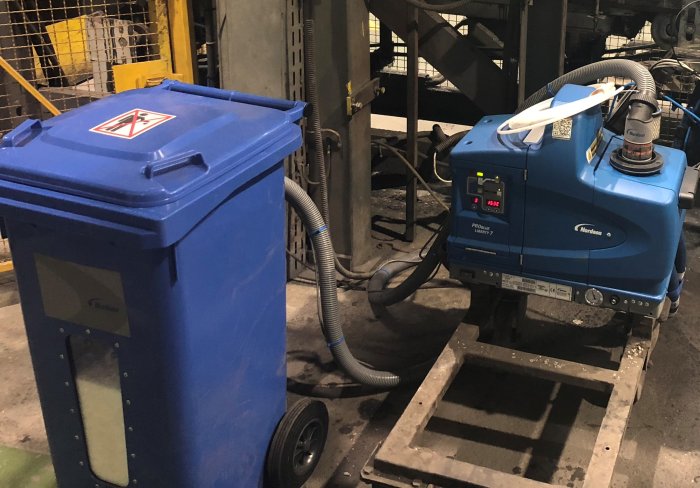Szybkie menu
Service inspections of adhesive systems
Service inspections of adhesive systems
To perform an inspection of a hot melt adhesive system, the following steps should be carried out:
Gathering information about the adhesive system – check what adhesives are used, what the adhesive temperature is, what the operating conditions are and how often the system is used.
Visual inspection – check the condition of all elements of the adhesive system, such as the adhesive applicator, hose, nozzle, etc. Pay attention to any damage, wear or accumulation of dirt.
Checking the operating parameters – it is worth checking whether the system reaches the appropriate gluing temperature and whether the adhesive is applied correctly.
Testing the system – it is worth testing the operation of the adhesive system to make sure that everything is working properly and the adhesive is applied and cured correctly.
Replacing worn elements – if worn or damaged elements of the system are noticed during the inspection, they should be replaced to ensure the correct functioning of the adhesive system.
After completing the above steps, it is worth protecting the hot melt adhesive system from possible failures through regular inspections and maintenance. This ensures long service life and efficient operation of the gluing system.
Regular inspections of hot melt glue systems are extremely important for several reasons. Firstly, regular inspections allow monitoring of the technical condition of machines and devices, which helps avoid failures and ensures continuity of production. A failure of a hot melt glue system can lead to a stoppage of the production line, which generates costs and loss of time.

Secondly, regular inspections allow for early detection of any faults or problems, which in turn allows for a quick response and repair of the system before the problem becomes more serious and requires more work and costs. Systematic inspections can also minimize the risk of failures at unexpected times, which translates into production efficiency and customer satisfaction.
It is also important that regular inspections of hot melt adhesive systems help maintain the high quality of manufactured products. A well-functioning adhesive system guarantees the durability of the connections, which is crucial in industries such as packaging or automotive. Therefore, it is necessary to regularly check the condition of the adhesives, their properties and the application process to ensure the quality of the products and minimize the risk of complaints or reprocessing.
In summary, regular inspections of hot melt adhesive systems are crucial for maintaining production continuity, minimizing the risk of failures, maintaining high product quality and effective cost management. Therefore, it is worth investing in regular inspections and maintenance to ensure the optimal operation of the adhesive systems and avoid unpleasant surprises.
Regular inspections of Nordson hot melt adhesive systems are essential to ensure their smooth operation and prevent potential failures. Here are some recommendations for regular inspections:
Regularly inspect the condition of adhesive system components such as caps, nozzles, filters and valves. Ensure that they are in good condition and do not show any damage or leaks.
Check the adhesive temperature in the heater and adjust it if necessary. Ensure that the temperature is correct for the specific adhesive application.
Regularly clean the adhesive system, including removing any contamination, adhesive residue or dried adhesive that could lead to system failure.
Inspect the condition of adhesive lines and connections to ensure that there are no leaks or damage that could interfere with adhesive flow.
Regularly test the adhesive system during operation to check its efficiency and effectiveness. Respond to any problems or faults immediately.
